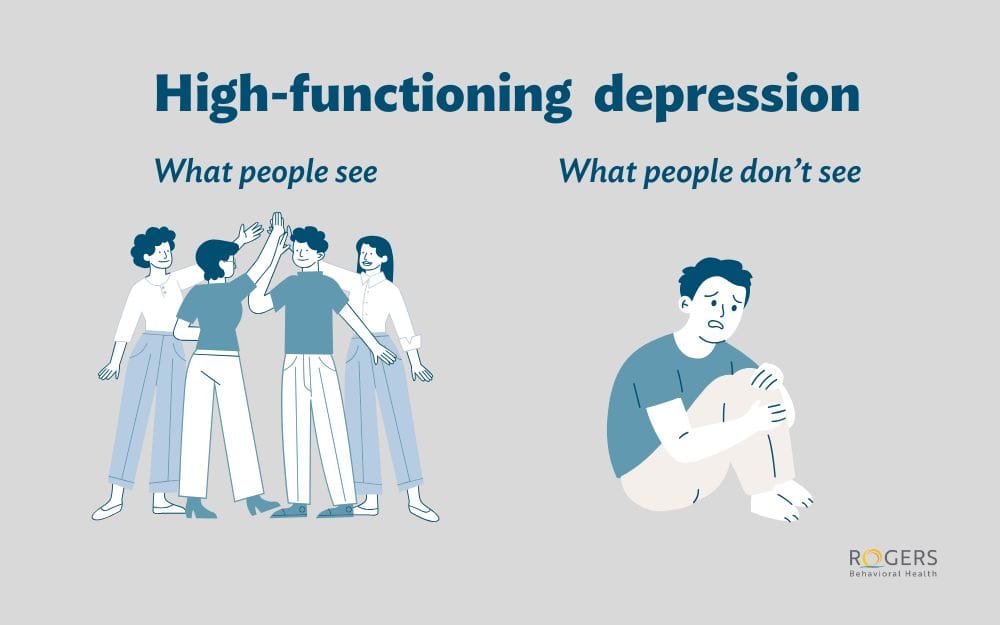
Depression often wears a deceptive mask, and for many, that mask is a facade of high functionality. This widely misunderstood form of mental health struggle, often called “high-functioning depression” or Persistent Depressive Disorder (dysthymia), defies the common stereotype of someone unable to get out of bed. Instead, it manifests in people who go to work, attend social events, and maintain a semblance of a normal, successful life—all while battling a persistent, quiet storm of sadness and despair.
The internal experience of high-functioning depression is a stark contrast to the external presentation. On the outside, you might seem capable, reliable, and even cheerful. But on the inside, there’s a constant, low-grade hum of hopelessness, a feeling of emotional numbness, and a perpetual sense of being an imposter. The energy it takes to maintain this facade is exhausting, often leading to burnout, irritability, and a deep-seated loneliness. Individuals with this condition may struggle with decision-making, feel a pervasive lack of joy, and find it difficult to connect emotionally with others, even those they are close to.
The danger of high-functioning depression lies in its invisibility. Because they don’t fit the stereotypical mold, many people suffering from it believe their feelings aren’t “bad enough” to warrant help, or they fear that others won’t believe them. This silence only deepens their isolation. Recognizing that depression doesn’t have a single look is the first step toward healing. It’s a powerful reminder that mental health struggles are valid, regardless of how well a person appears to be coping on the surface.


